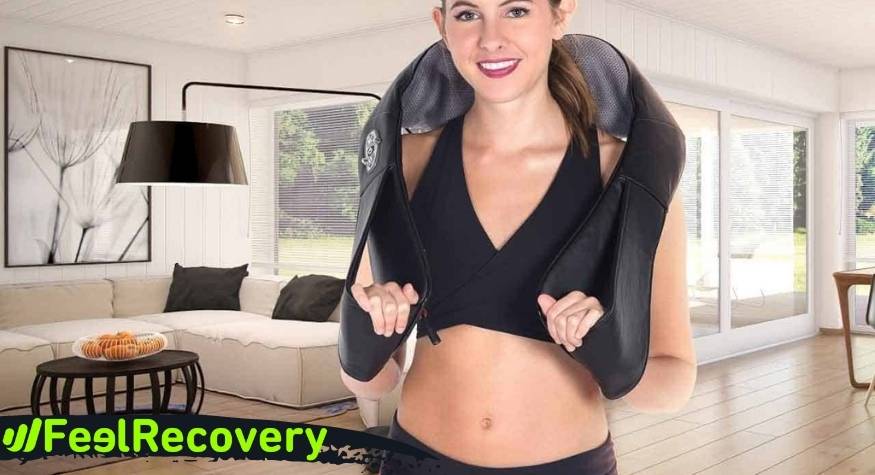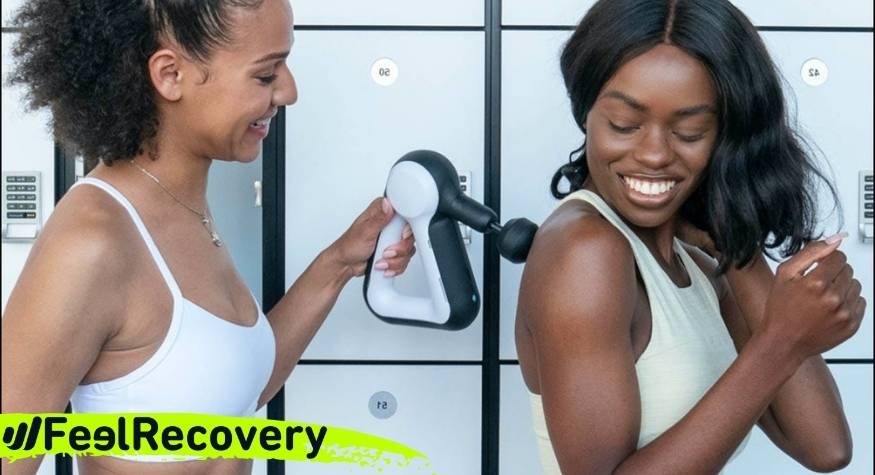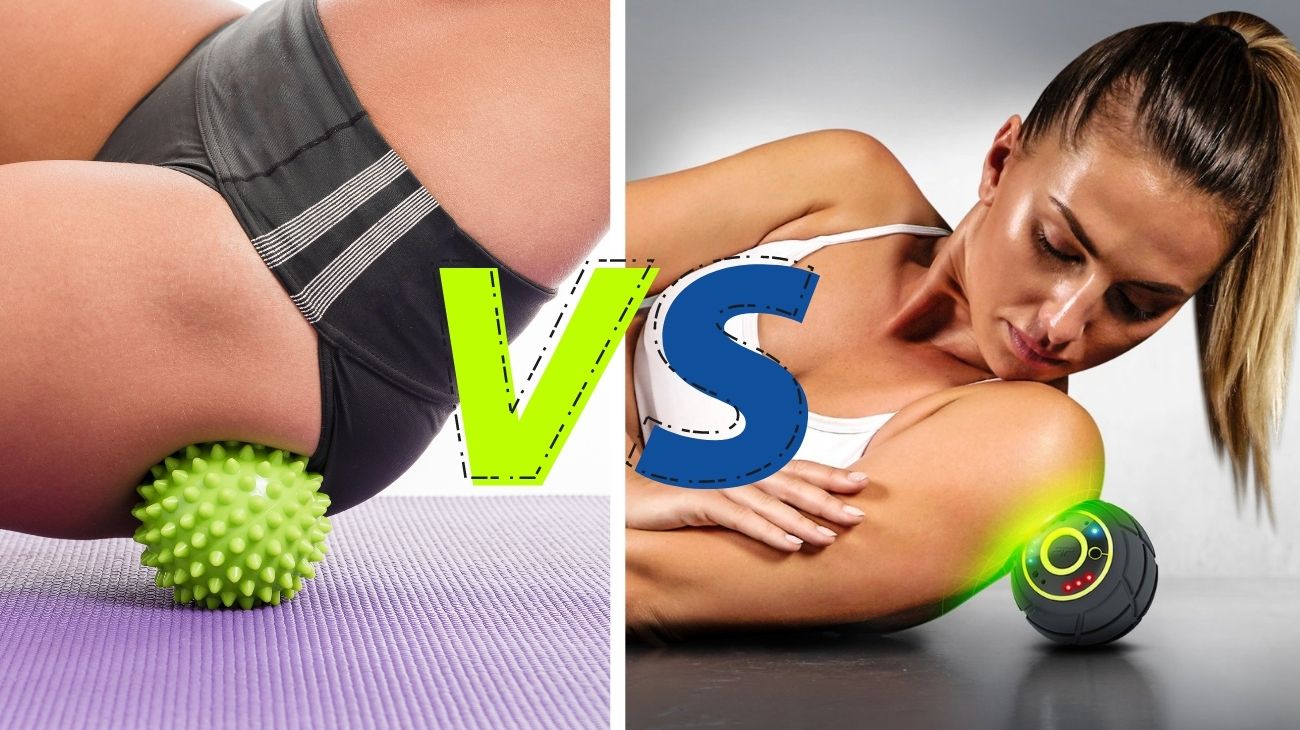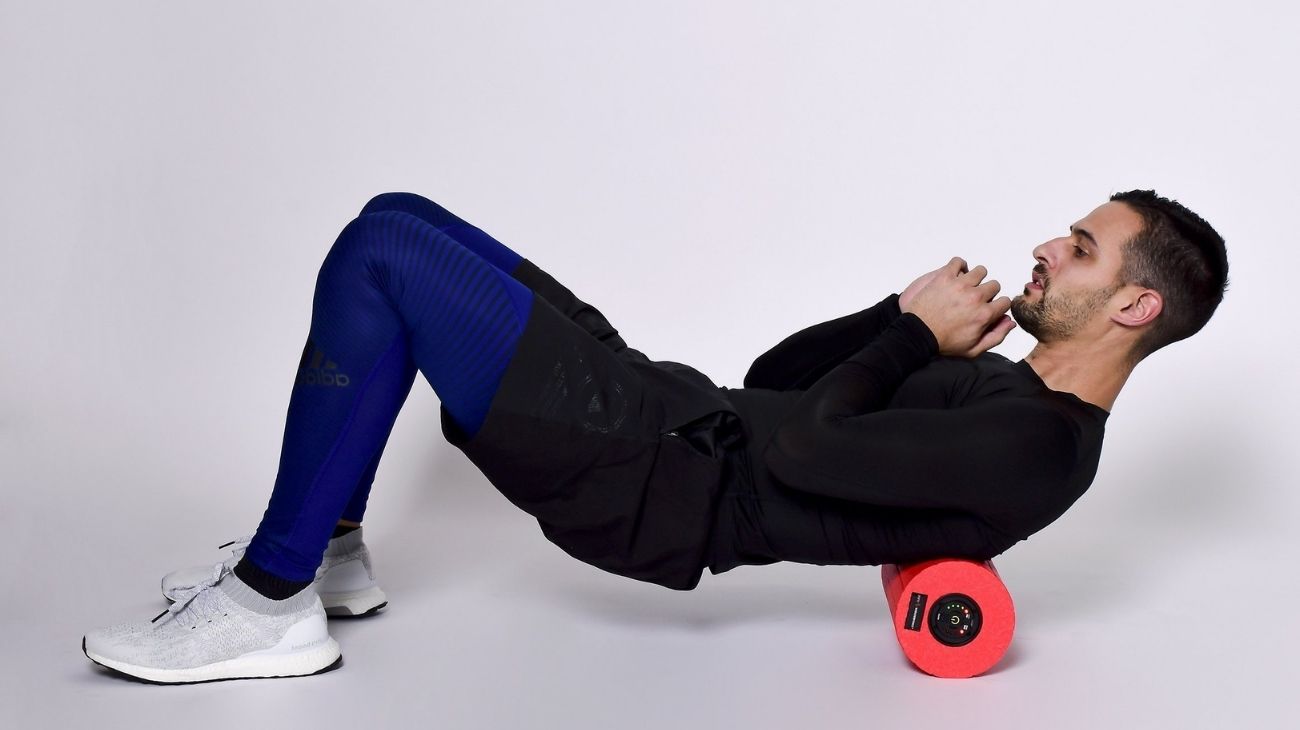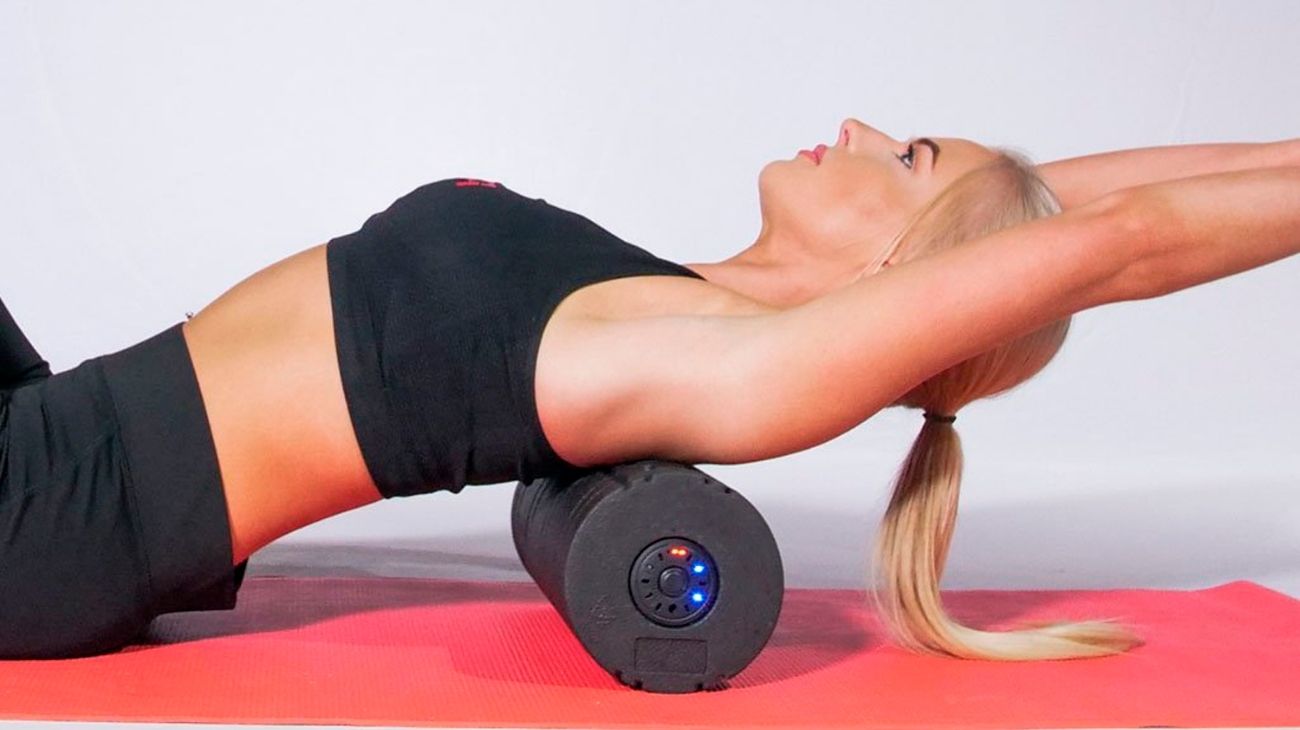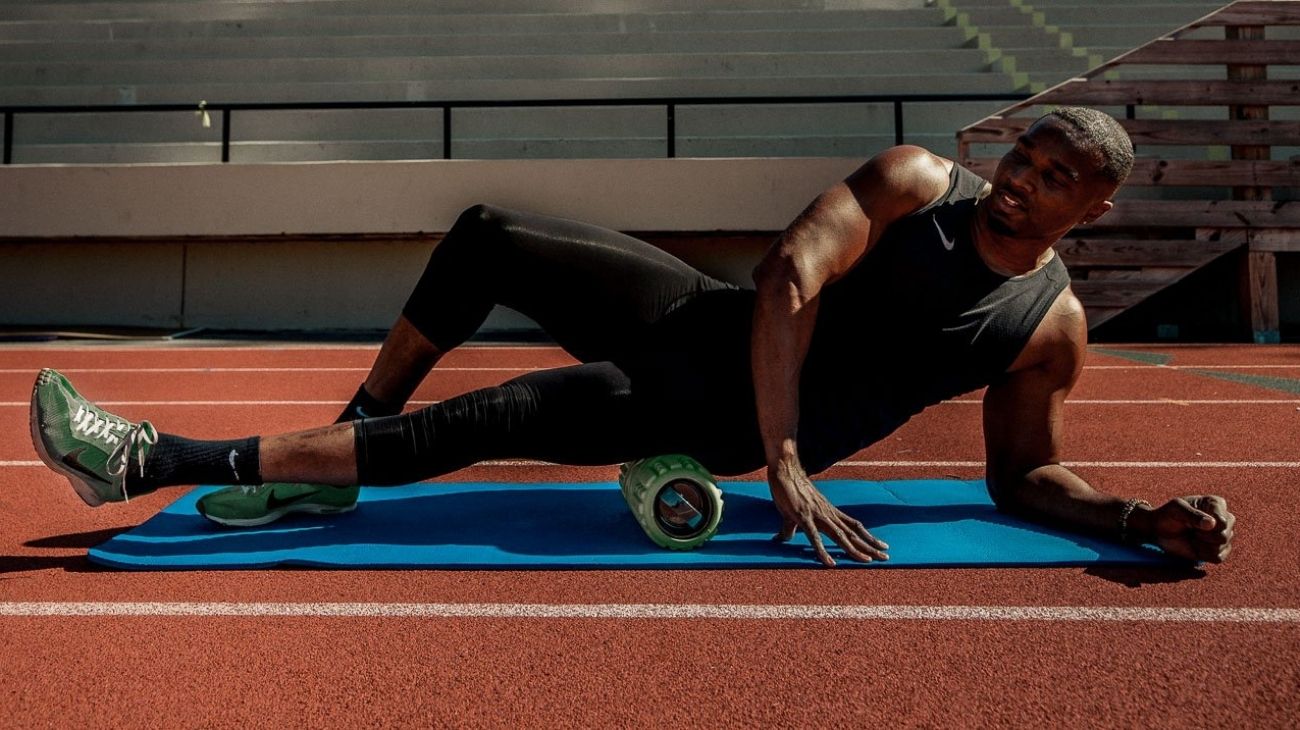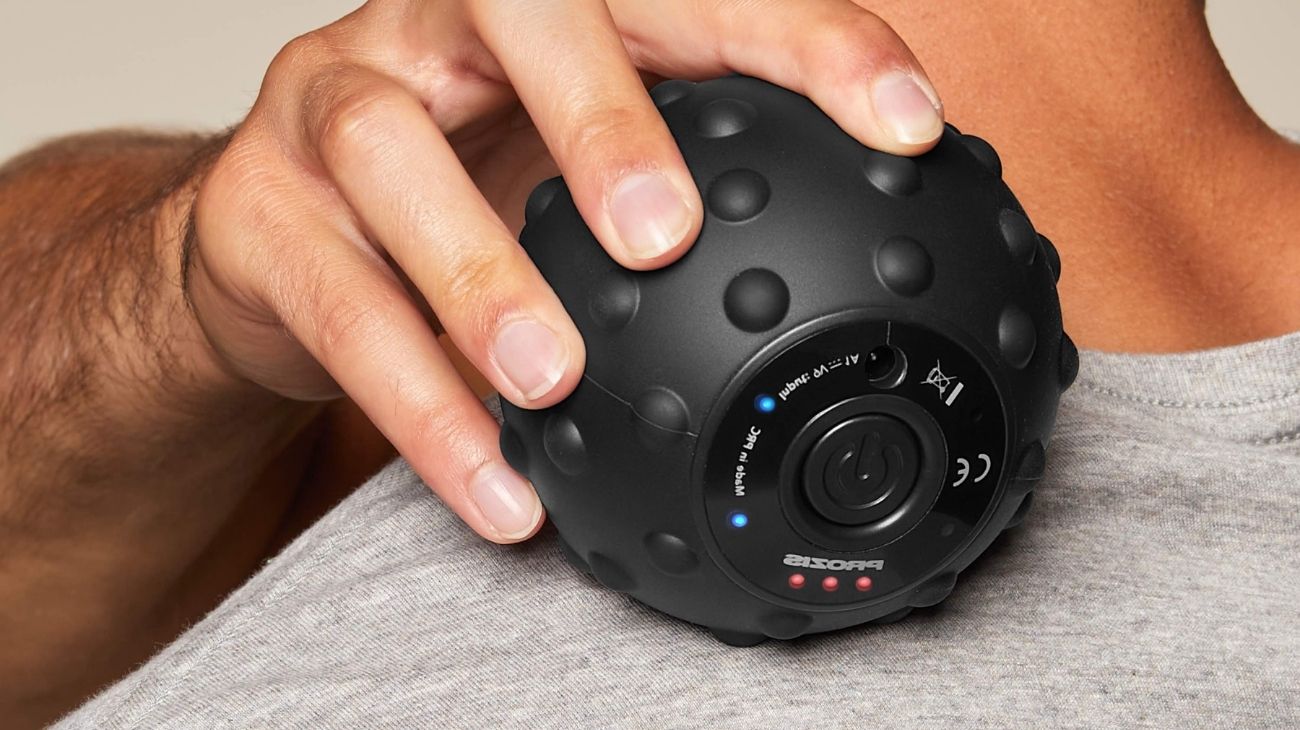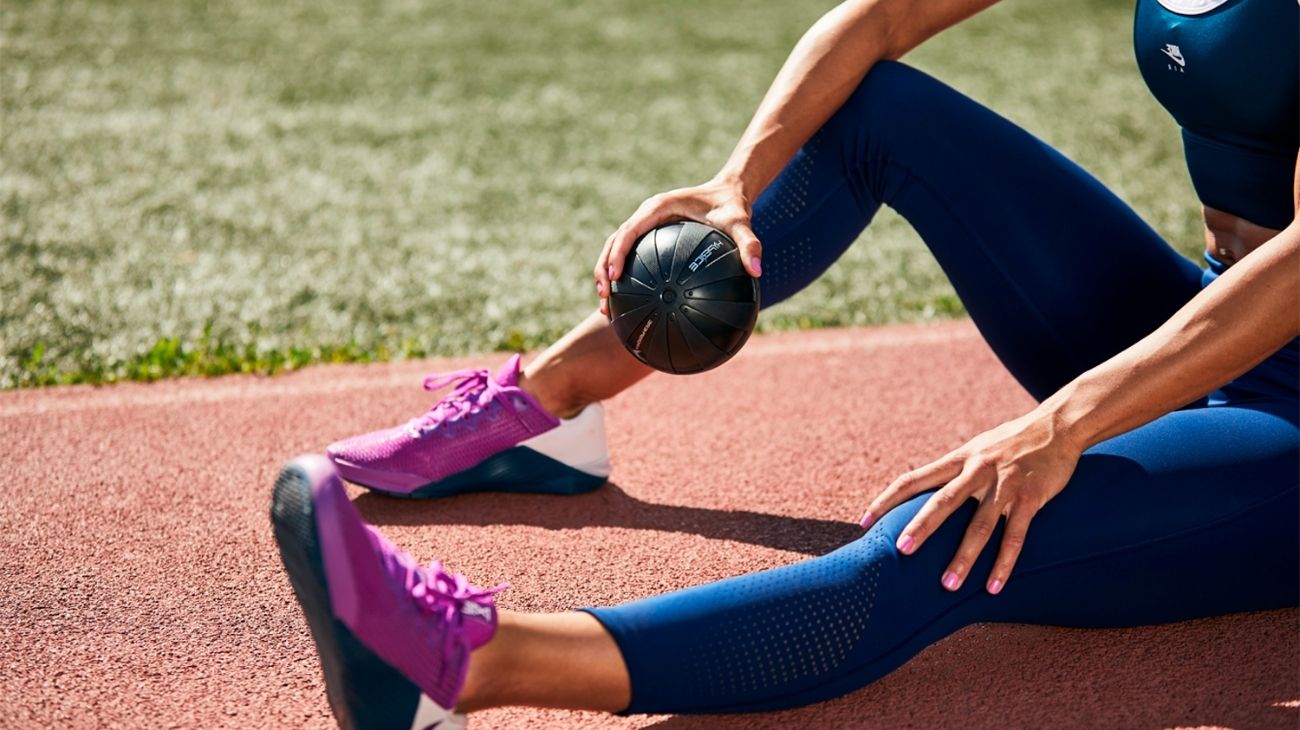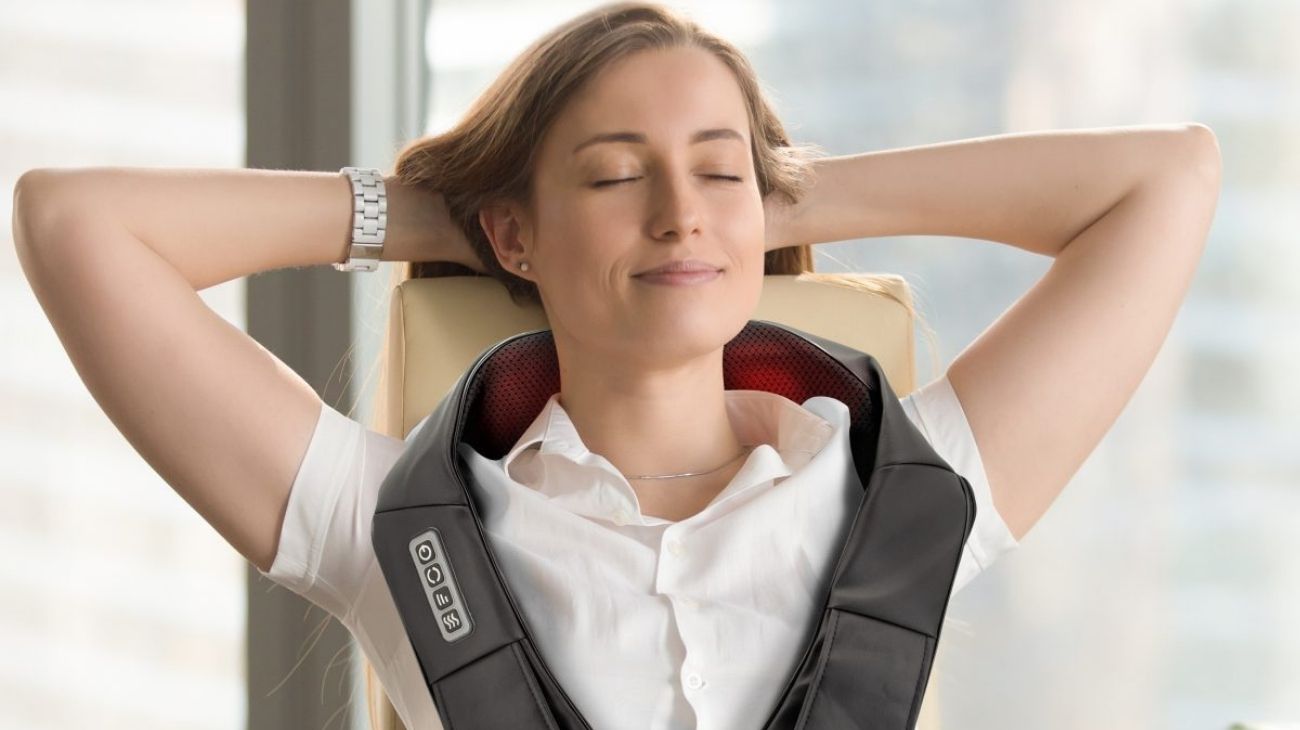Conventional massages come from ancient cultures such as the Chinese, Egyptian and Roman civilisations. However, the electric massagers we know today are of more recent date, but are based on the same principles that have benefits and some drawbacks that you should be aware of.
We will show you what advantages modern massagers have for your health, what their contraindications are, when they should not be used as a therapeutic resource and what types of stimulation are available to soothe most physical aches and pains.
How do massage machines work and what scientific evidence supports them?
Modern massage machines are made of hypoallergenic, resistant materials and are completely portable, unlike the massagers of 30 years ago when it was almost impossible to take them anywhere you wanted to go.
These products have different ways of stimulating the skin, soft tissue and circulatory system. Some products use vibration, which inhibits pain and activates trigger points; other devices offer friction, which relaxes muscle fibres and stretches fascia; and there are devices that emit therapeutic heat, which specialise in improving blood flow.
Whether for sports or home use, massaging devices have proven advantages. The Institute of Human Movement Science, Sport and Health at the University of Graz in Austria has shown that just five minutes of massage with electrical devices can give people a better muscle range.
At the same time, the Central University of New Delhi indicated that massages with these machines better expel the components emitted by the cells when there are sporting demands, help to avoid adhesions and reduce pain after training.
In addition to this scientific basis, there are thousands of testimonials from physiotherapists, well-known sportsmen and women and people all over the world who testify to the benefits of massaging with machines.
What types of electric massagers are there?
The best electric massagers should offer similar benefits to the expert hands of a physiotherapist, but within your financial means and these machines can be taken anywhere you want.
Check out the types of massagers you'll find on our website:
- Electric foot massagers: they are ideal for those who stand and walk almost all day long, in which the fascia ends up exhausted and sore. These devices are characterised by giving mobility and heating the skin to the point of offering well-being to people.
- Cervical and neck electric massager: they are used to relieve tension in the neck and allow the vertebrae to function properly, but should not directly stimulate the bones. It is sufficient to relax the muscle fibres for relief.
- Myofascial electric massagers: these are responsible for releasing the tensions that accumulate in the fascia, which is a kind of second skin that covers all the organs of the body. They are made of strong yet soft material to prevent damage to this tissue.
- Electric back and leg massagers: many of them are a kind of mat that should cover the muscles of the back and thighs in particular. They are used while people are standing, lying down or sitting. They are really useful and practical to take with you wherever you want.
- Small hand-held electric massagers: it's not that they are used to stimulate the hands, it's that you use them with your hands to reach any part of the body where there is muscle discomfort. They are the most popular devices because you control both the vibrations and the pressure by exerting more or less force with your hands.
- Electric massage chair: many of the current models are chairs that stimulate the whole body, especially the back, which is why they are the most expensive models because of all the material and resistance required to support the people sitting on them and offer vibrations at the same time.
- Shiatsu electric massage cushion: these are great products to address high levels of stress in people who have a busy work schedule. There are models that allow you to use this product while lying down, standing up, even while driving your car. They use rechargeable batteries so you can use them wherever you need them.
- Vibrating electric massage ball: this is also a product that works on tensions in the fascia, in places where perhaps the Foam Roller cannot access due to its cylindrical shape. The pressure on the tissues is controlled by the body's own weight and requires specific exercises to have a real positive effect.
- Electric massage gun: most of them come with interchangeable heads that will facilitate the stimulation of the musculature, the stimulation of myofascial tissue and the activation of trigger points that will provide relief to the pain you have. It is a product widely used in the sports area.
- Myofascial electric massage roller: like the massage balls, the Foam Roller is a popular device because it specialises in myofascial release. You can use it manually and with the vibrations, which usually have several levels to adapt the body to new sensory experiences.
- Massage chair: these are products designed for home use despite their large size. They work very well to reduce generalised swelling due to fluid retention, lower back pain due to herniated discs and to provide general wellbeing for the elderly and those suffering from degenerative diseases.
- Infrared heat massagers work to dilate capillaries and warm the body for other types of massage. They are intended to save time by warming the tissues and allowing the main massages to have a better effect. The infrared light is minimal, but sufficient to cause the cells to regenerate and facilitate muscle recovery.
What are the health benefits of electric massagers?
Although there are different types of massagers, they all share many of the benefits you will find in this section.
- Relieve muscle pain: as long as the injuries are minor physical injuries, pain can be controlled from the first moment of massage with these electrical stimulators.
- They reduce muscular tensions: these are signs that a body is fatigued because of excessive training without rest and because the person has had an unusual day of physical stress.
- They relax myofascial tissue: a good massage releases tension and protects joint mobility, which is affected because the fascia must be flexible at all times. These tensions also often lead to intense pain.
- Increases body temperature: this quality allows muscles to recover better from minor physical injuries such as contractures, cramps and fatigue. Massage helps the body to better overcome such injuries.
- They dilate blood vessels and veins: this causes more oxygen and nutrients to circulate to muscle fibres that need to recover from injuries. After physical activity, massages are always recommended.
- Produce more endorphins: this natural component of the body reduces pain, as it is a highly effective analgesic to soothe aches and pains in any part of the body where there is physical damage.
- Controls high levels of stress: people who feel stress and anxiety often use these products as mental relaxants, since by eliminating muscle tension, the mind also feels this relief.
- Improve athletic performance: these products actually help you spend more time training and shorten the breaks associated with muscle injuries. By staying active, you will be able to reach your sporting goals and set new objectives in less time.
Contraindications: When not to massage?
There are few limitations to the use of electric massagers. However, here is a list of reasons why you should not use these devices:
- In case of fractures, sprains and dislocations.
- In case of chronic pain and inflammation.
- In the case of cancer patients, it is best to consult a specialist.
- In case of fever and general malaise.
- In case of degenerative diseases such as arthritis, osteoporosis and severe vascular problems.
- In case of open wounds.
- In case of pregnancy, you should also seek support from a specialist.
- In case of pain when using any of these products.
What are all the different types of massages that exist?
All electric massagers are based on a conventional massage modality, which seeks to give greater depth and uniformity to people in order to obtain better results.
- Therapeutic massage: used to address neuromuscular problems, other than the physical injuries we have discussed. From children and young people to older adults can receive this type of stimulation.
- Relaxing massage: these are gentle touches and squeezes with the hands to relax the musculature. They are superficial massages as they do not require the stimulation of trigger points for there to be a sensation of physical and mental wellbeing.
- Myofascial release: these are the most popular massages among athletes of all kinds, because the overload of muscle tension causes the body to become stiff and sore, which prevents them from continuing to train.
- Acupressure therapy: this is a form of acupuncture that stimulates specific trigger and activation points to relieve soft tissue discomfort, thus protecting tendons and ligaments.
- Trigger point therapy: hot spots are often addressed with percussion massage, especially with percussion guns that have different heads to cause these points to release tension and reduce pain.
- Percussion massage: these are rhythmic, solid strokes on the skin, although they are not usually deep to avoid tissue damage. These massages aim to inhibit the emission of pain receptor signals.
- Electrical electrostimulations: use mild electrical impulses to help stimulate damaged muscles in soft tissue injuries that have not been relieved by conventional treatments.
- Electro-acupuncture: this is a modality of traditional acupuncture that combines stimulation of specific points on the body with mild electrical shocks in search of cellular regeneration.
- Massages with electrical devices: they were designed so that any type of person can have access to the benefits of a professional massage, but at a low cost. The results are similar and the advantage is that you can use it with few indications.

